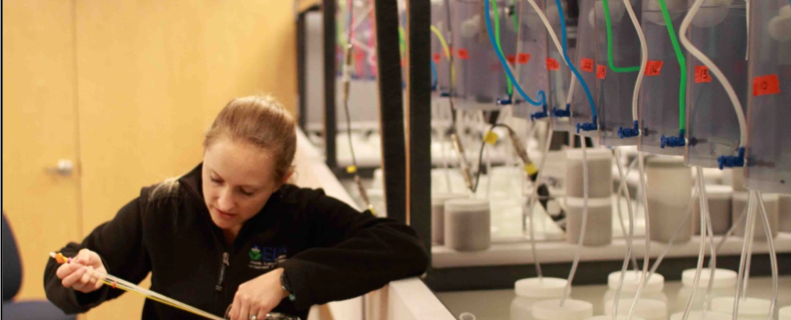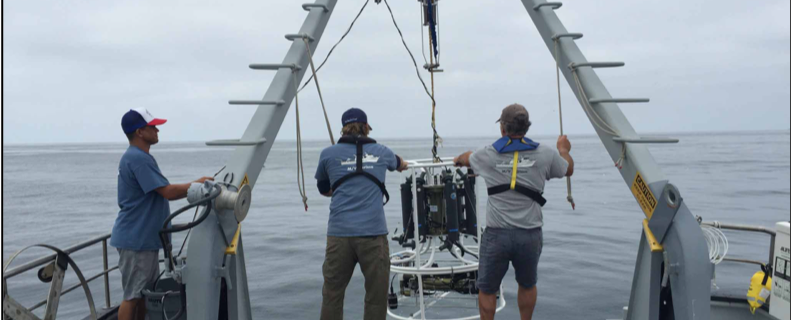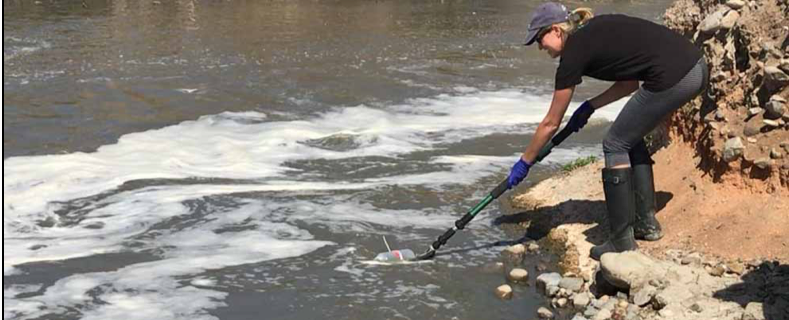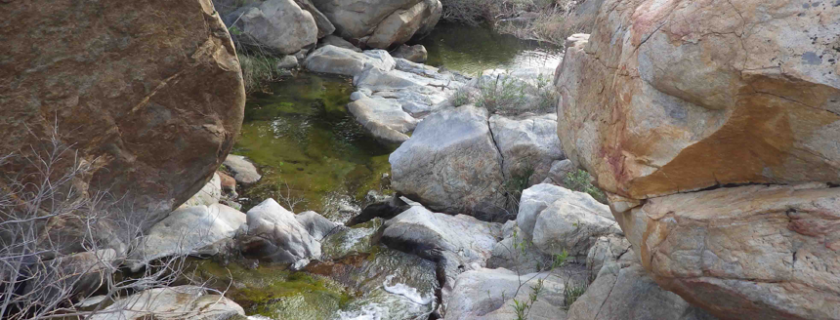Participants of the Southern California Bight 2018 Regional Monitoring Program’s Microbiology element will initiate field sampling in August for a study evaluating the relevance and reliability of using coliphage viruses … More
Articles by: genus
Passive samplers used to detect low levels of sediment-associated contaminants
SCCWRP and its partners have shown that passive sampling technology can be used to detect chemical contamination in San Diego Bay sediment, a key finding in an ongoing study exploring … More
Recreational beneficial uses analysis completed for L.A. River environmental flows study
SCCWRP and its partners have completed an assessment of the recreational beneficial uses provided by the Los Angeles River as part of an ongoing study evaluating the implications of diverting … More
DNA-based algae identification methods show promise for stream condition assessments
SCCWRP and its partners have shown in a proof-of-concept study that DNA sequencing methods have the potential to be incorporated into algae-based assessments of stream condition. During the multi-year study … More
Ephemeral streams condition index being developed using locally collected bioindicator data
SCCWRP and its partners have begun using biological indicator data collected from dry streams across Southern California to refine the design of a set of new tools for assessing ephemeral … More
Study completed to characterize benthic infaunal communities living in Bight continental slope
The U.S. Bureau of Ocean Energy Management (BOEM) and SCCWRP have completed a three-year project to comprehensively characterize sediment-dwelling infaunal communities that live in the continental slope region of the … More
Dynamic exposure lab built to replicate fluctuating environmental conditions
SCCWRP has constructed a state-of-the-art dynamic exposure laboratory to study how aquatic organisms respond to fluctuations in pH, dissolved oxygen and other environmental parameters in a controlled setting – a … More
Modeling shows nutrient discharges can influence coastal acidification, hypoxia
A computer modeling initiative to understand how Southern California’s coastal ocean will be affected by ocean acidification and hypoxia has shown that land-based sources of nutrients can have a measurable … More
Ocean currents model to be evaluated as part of study examining Tijuana pollution flows
SCCWRP and its partners will use field data from an ongoing study tracking persistent fecal contamination at Imperial Beach near the U.S.-Mexico border to evaluate a computer model that predicts … More
Three key stream condition indicators integrated via index
The Southern California Stormwater Monitoring Coalition (SMC) and SCCWRP have developed a new assessment tool that synthesizes three key lines of evidence about the ecological health of wadeable streams to … More



